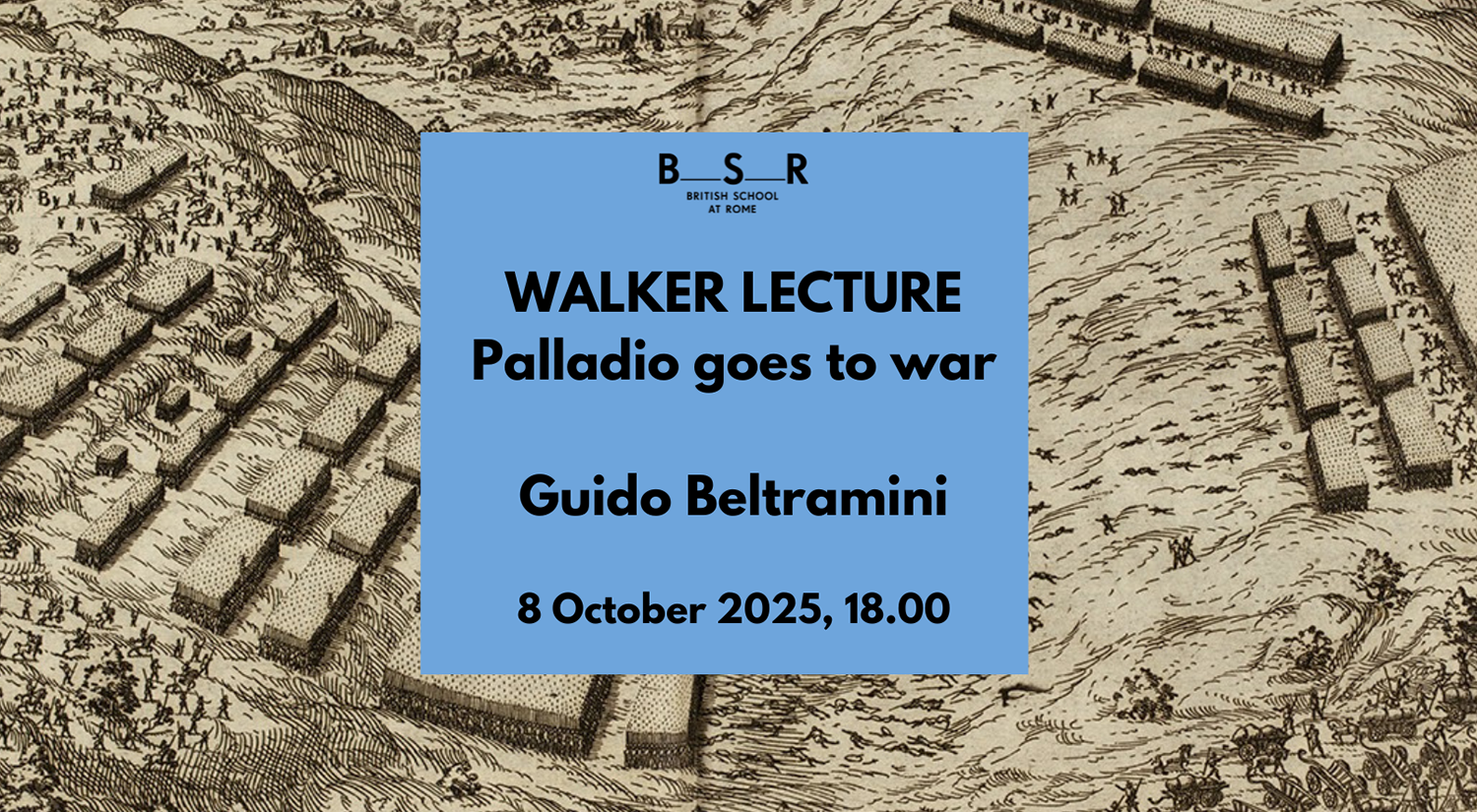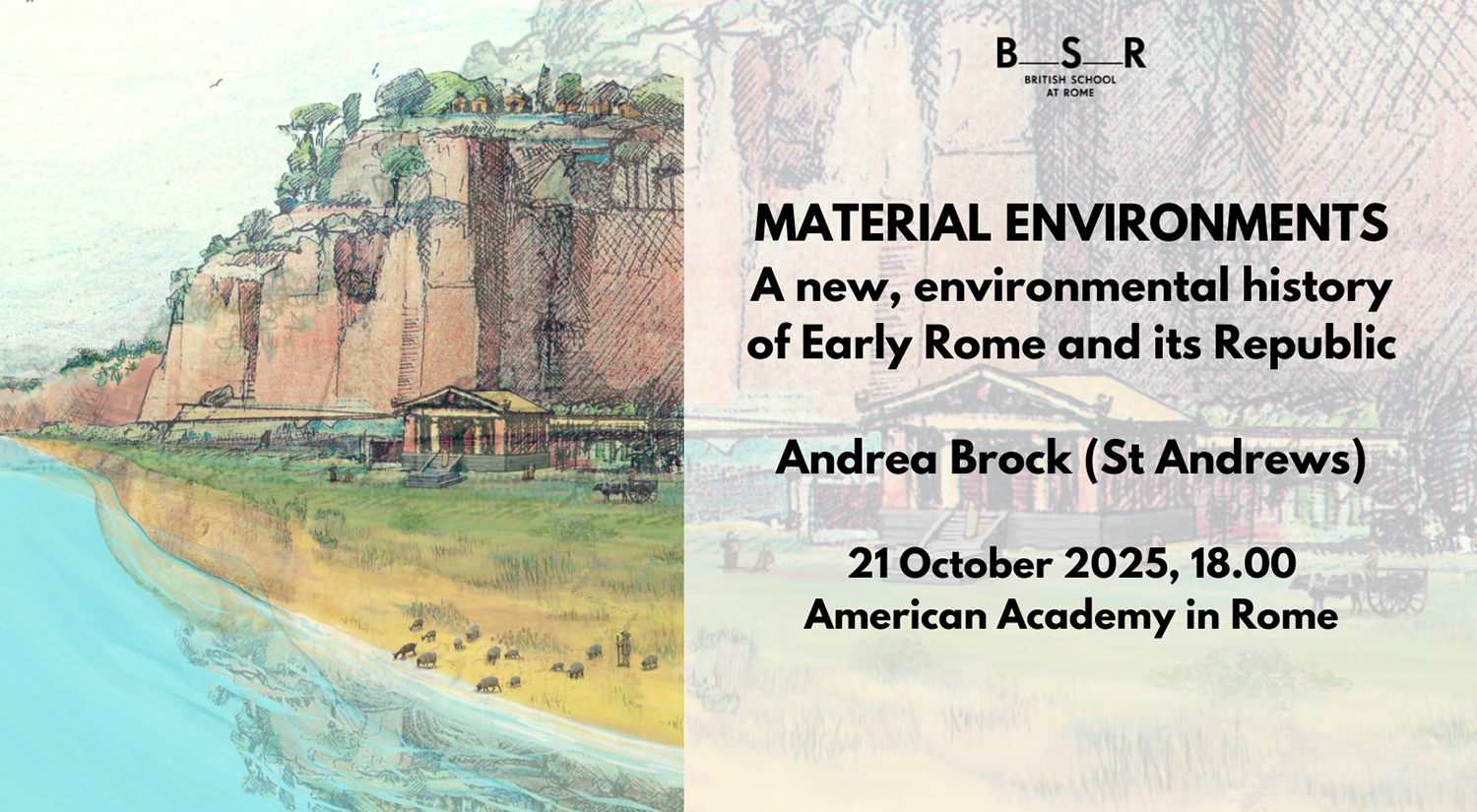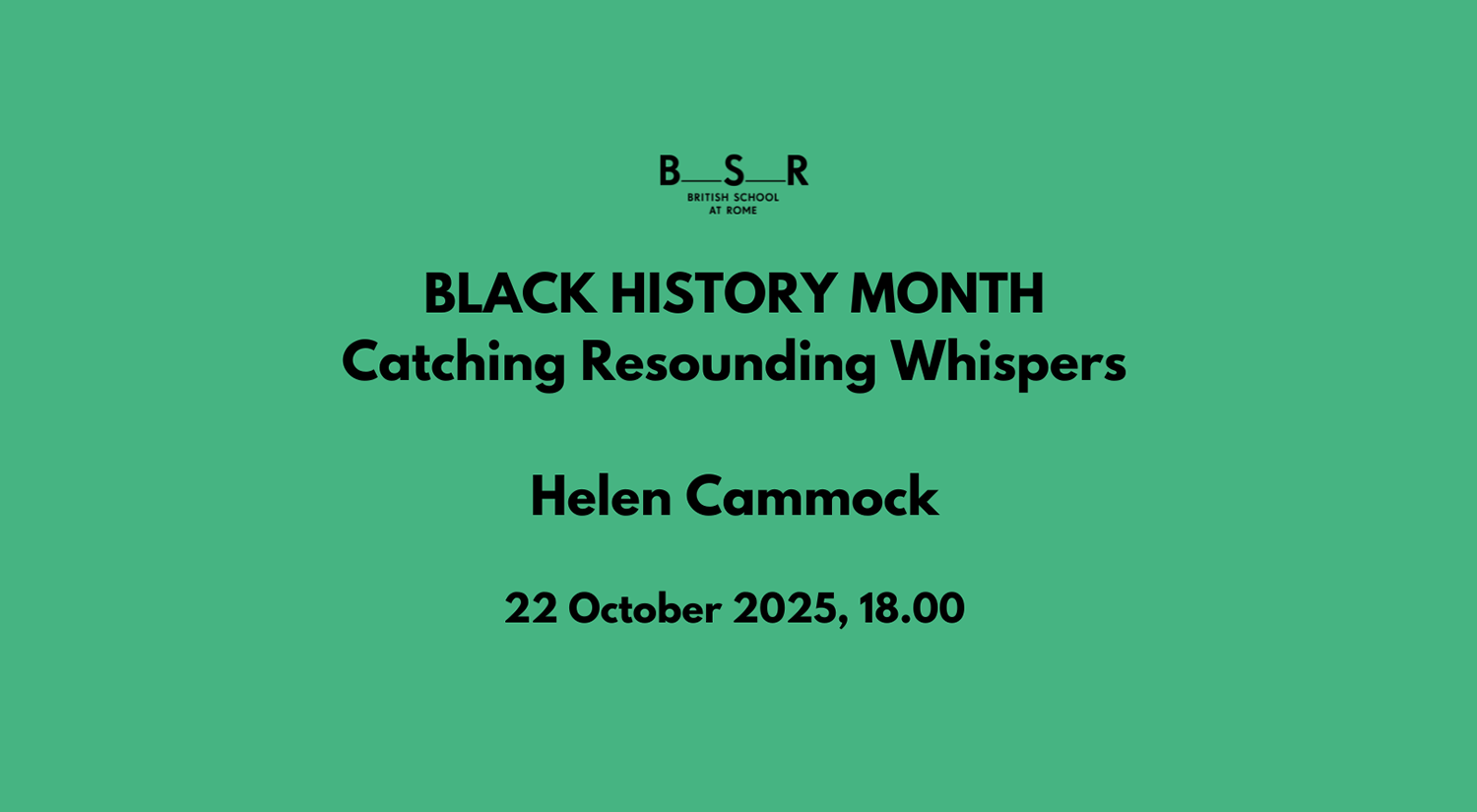This lecture is inspired by two key aspects of Geoffrey Rickman’s interest in Roman antiquity: a fundamental desire to understand how the ancient world really worked, however banal the subject matter might appear to be at first sight; and a long-standing and deep engagement with Rome’s port city of Ostia.
One of the many new ways of interpreting/investigating ancient cities in the 21st century is the shift from looking at cities just in terms of static spaces to experiencing them in terms of movement through the city, both pedestrian and, for bulk or heavy materials, by means of wheeled vehicles. Busy modern cities like London have deliveries and servicing plans, in an attempt to mitigate problems of congestion during travel, to the potentially even greater difficulties caused by loading and unloading. A key concept is ‘last-mile’ logistics, which reflects the difficulties and increased costs of the last-leg of a supply chain, which in the modern world can count for over 50% of total transport costs.
This approach has much to offer the study of Ostia. As a very large city in Roman terms, and with the added complication of being the busiest port in the empire, Ostia must have faced many similar challenges, particularly in the ‘boom’ period of the second century AD. By making some estimates of the quantities involved in moving goods including foodstuffs, fuel and construction materials, around the city, this paper explores the size and nature of the problems that the city would have experienced, and some of the solutions it developed to mitigate the impact of servicing Ostia.
Janet DeLaine, FSA, is Emeritus Fellow of Wolfson College, Oxford. A former Rome Scholar, she taught at the University of Reading and from 2005 was Associate Professor in Roman Archaeology at the University of Oxford. Her research focuses on the built environment of the Roman world, and she has published extensively on the Roman building industry, Roman baths, and the urban development of Ostia, as well as lecturing widely in Europe, North America and Japan. Her major monograph on the Baths of Caracalla in Romewon the Archaeological Institute of America’s James R. Wiseman Award for the most important work in archaeology for 1998, and has been fundamental in the development of the archaeology of construction as a new discipline within the field of classical archaeology. A short book on Roman architecture (OUP) is in press, and she is currently working towards a monograph on the urban development of Ostia.
This lecture is part of the City of Rome programme, and it is held in English. It can be accessed both in person and online. To access online, you need to register through the link above.














